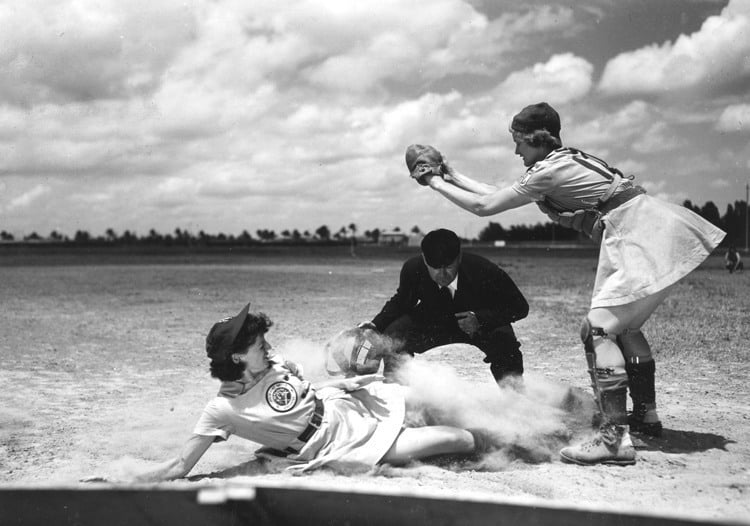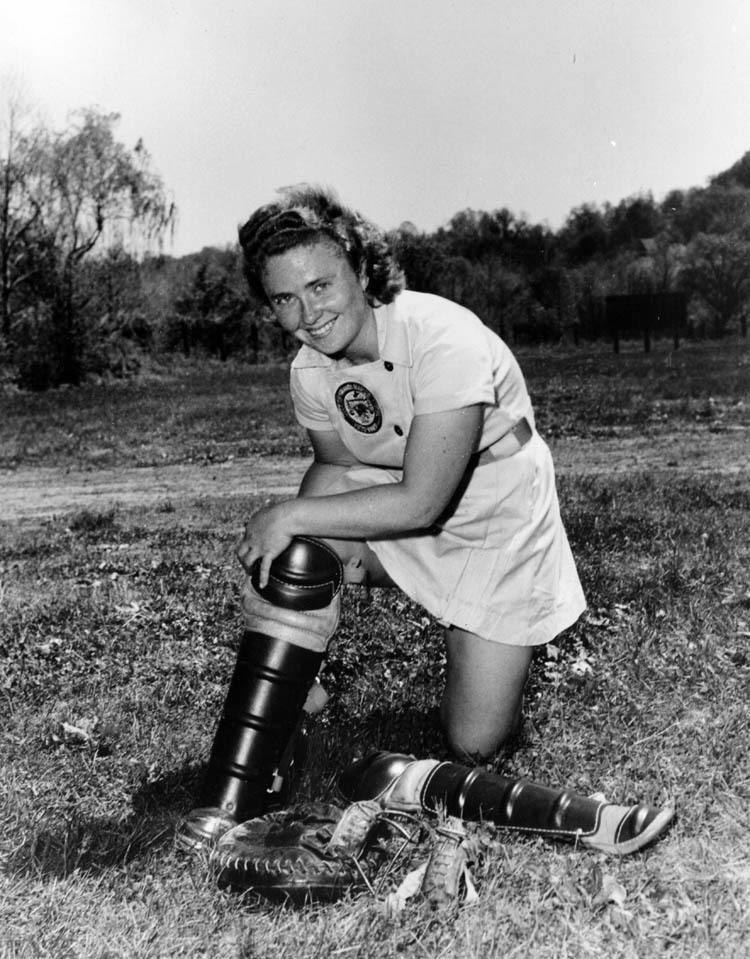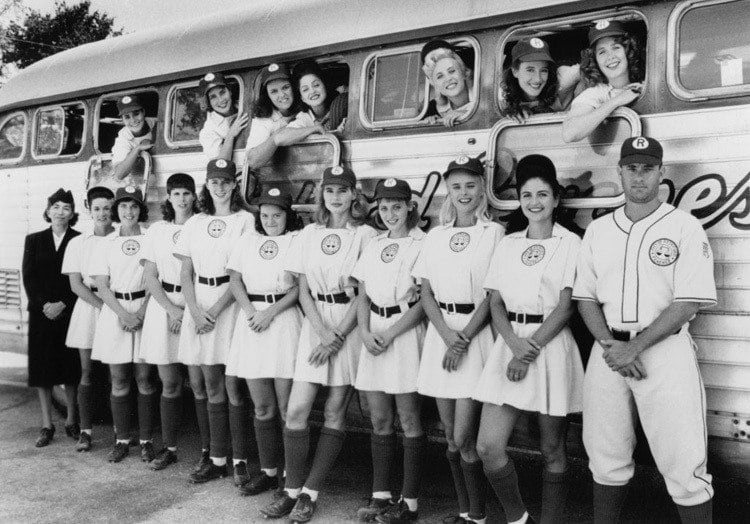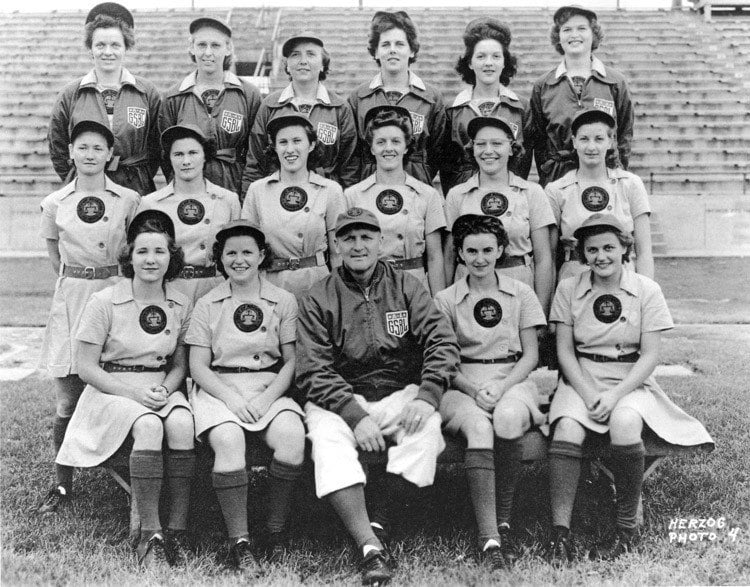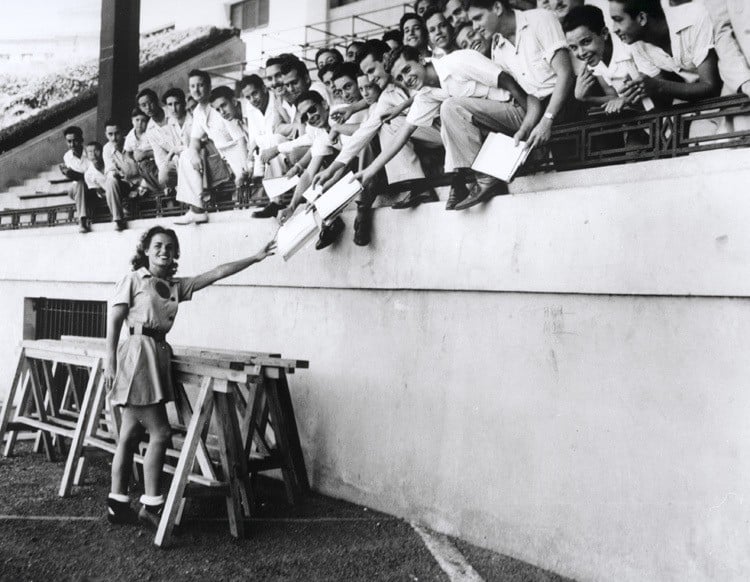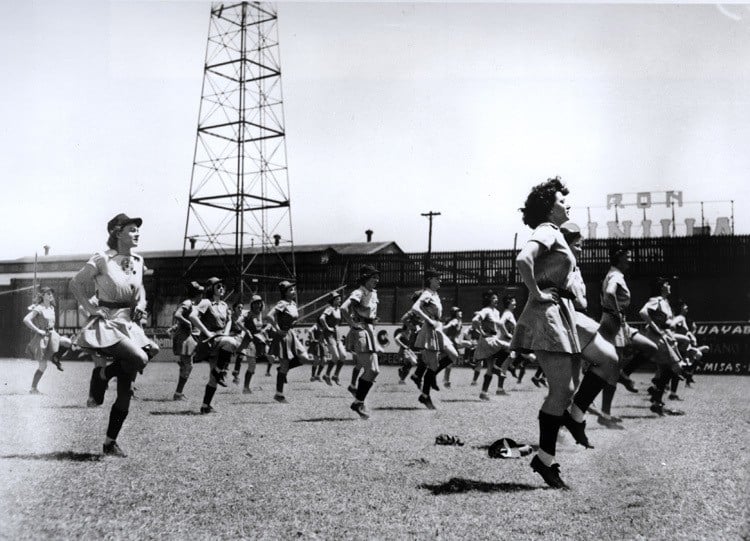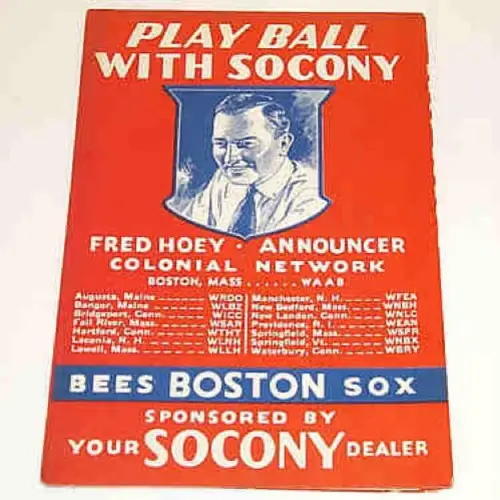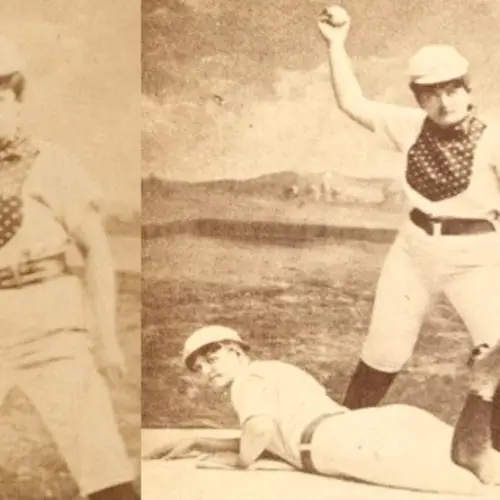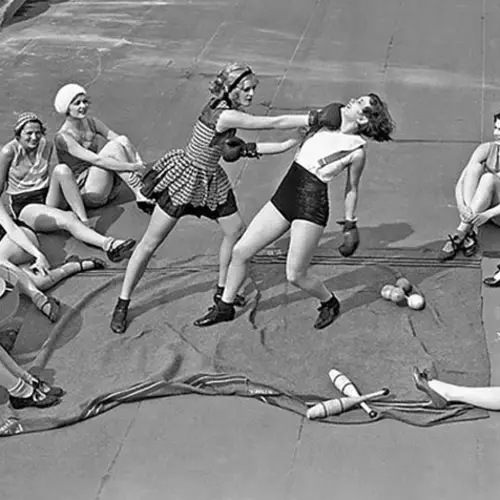In times of crisis, call a woman. This maxim has been lived throughout history, but is certainly evident during World War Two. When American women weren’t building airplanes, ships and munitions to aid in the war effort, others were entering the baseball field.
As the draft plucked many minor league players from the field in 1942, American baseball industry bigwigs feared that the war might also snatch away major league players and bring an end to America’s favorite (and financially lucrative) pastime.
In a pinch, industry execs like Philip Wrigley decided to craft a women’s league to fill the gap that they feared the war would create. Scouts scoured the country in search of top female talent, and 60 women made the initial professional cut.
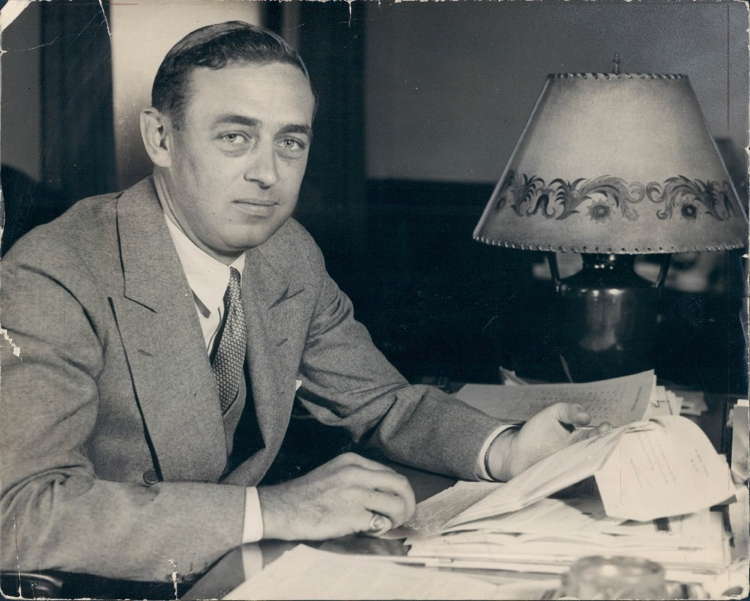
Philip Wrigley was instrumental in forming the women’s professional baseball league, which he would ultimately sell years later when it became clear that the war would not break up the men’s major league.
Outside the glamour of Hollywood lights and set against the backdrop of World War II was the real life A League of Their Own. The women of the All-American Girls Professional Baseball League were every bit as gritty, determined, and competitive as their male counterparts.
While some important doors did indeed open for these women, prevailing gender norms still dictated that they must preserve their femininity on and off the field. Women wore short skirts on the field (in spite of the unpleasant fate their legs would face when sliding home), and were given beauty kits to ensure that they would still be “beautiful” on the field. After practices, players were required to attend evening charm school classes.
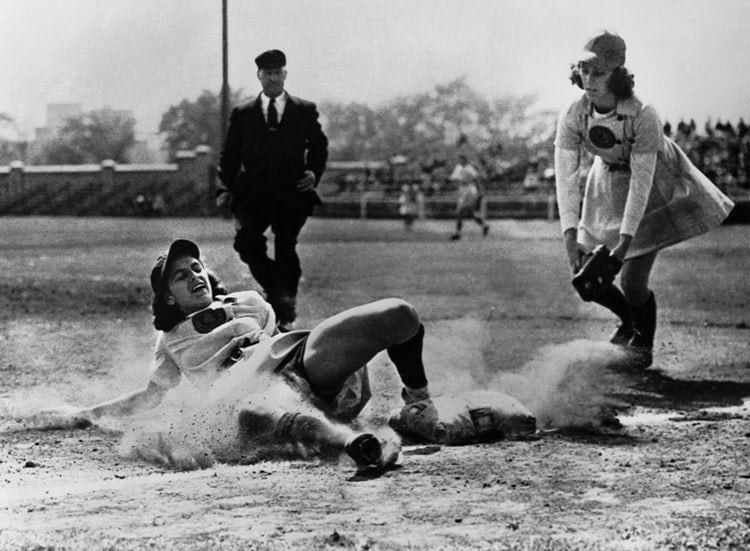
The women were required to wear the uniforms of the league which included short skirts. However, this did not deter them from making a hard slide in the heat of competition. Source: All-American Girls Professional Baseball League
Though the teams brought excitement and a much needed distraction to a country reeling from the stresses of war, many still believed that women had no place playing baseball. In 1944, when it became clear that the war would not lead major league teams to disband, Wrigley lost interest in the women’s league and sold it. The league still enjoyed success (sans charm school classes, which ended in 1945)–ten teams attracted a whopping 910,000 fans in 1948–and talk of forming an international league emerged around this time as well.
Nevertheless, revenues and publicity fell in the years after team directors decided to operate their teams independently from the centralized league. The advent of television also meant that people no longer had to venture to the field to see the sport, and in 1954 the All-American Girls Professional Baseball League closed its gates forever. It wouldn’t be until the 1992 release of A League of Their Own that popular interest in the AAGPBL would be renewed.
Get to know the women who quite literally stepped up to the plate in times of war by viewing the gallery below:
